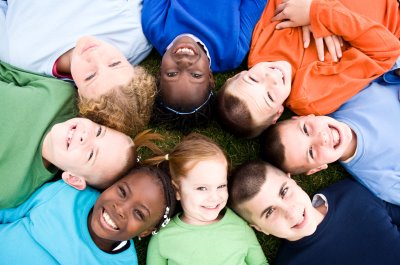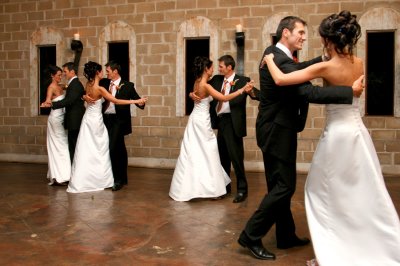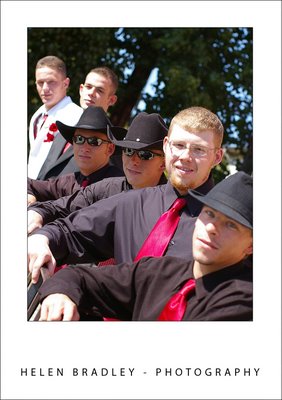
When you are a deft hand at taking photographs you’ll find that you’re asked to help out or be the main photographer at big occasions. If you’re helping out, you can focus on taking candid shots leaving the professional photographer to take the rest. If you’re “it” then you have a big job ahead. So, when you’re about to photograph group of people at an occasion such as a wedding, birthday party, graduation, or retirement party, here are some ways to ensure a successful assignment.
Know Your Place
At a wedding where there is a professional photographer already employed, leave the photographer to take the big shots of the bride, bridal party, and key guests and concentrate on everyone else. At key events during the ceremony such as the cutting of the cake and the bridal waltz, use your camera to capture the reactions of the other guests to what is going on.
At the reception, concentrate on taking candid shots of guests and casually composed shots of groups of guests interacting with each other. Ask small groups of people to take a minute or two to organize themselves into a close huddle in front of a mutual or some other attractive background. Take two or three photographs, first warning them that you intend to do so. Don’t hesitate to ask people to stop and pose for you, you’ll find that, with a little extra care, you’ll get much better quality shots of the guests and your photos will complement the more formal photographs taken by the professional photographer.
When You Are It
When you are the key photographer for an occasion when there are lots of people involved, your key responsibilities will be to get a mix of group and individual shots and some photos that set the overall scene for the occasion. Organize larger groups by having everyone line up in two or three lines with the front row seated and, if necessary, a group seated on the floor at their feet. Again, warn everyone that you intend to take a number of photos so that everyone is well prepared. Frame the shot carefully, ensuring you don’t leave out the people at either ends of the group and making sure you don’t chop off the heads of the people in the back row.
Where very small children are involved, encourage the parents to hold the children on their knees to keep them steady for the photograph. If the occasion is a birthday party or, for example, a retirement party, take one or two photos with everyone else looking at the guest of honour. Don’t forget to take a photo of any special food or gifts like a retirement plaque or the birthday cake. If it is a child’s party, take some photos of the decorations and the table so the child, in the years to come, can recall what their party was like.
In addition to the main group photos, work around the occasion asking smaller groups of people to pose for you. If you are knowledgeable about who’s who in the guest list, you can encourage partners and close friends to pose for a photograph together making the finished spread of photographs a more attractive collection not only for the people who were at the event but also the guest of honour. Often occasions like birthdays and weddings are times for families that rarely see each other to come together so look out for opportunities to capture family groups and photos of multiple generations.

Image © Rosemarie Gearhart, istockphoto.com
When you’re organizing people to pose for you, ask them to stand close together and, where appropriate, to put their arms around each other or interact in some way. The warmth of the composition will show through in the final photograph. When posing two people, have them stand side-by-side and arrange three people into a loose triangle for ore visual interest.
Know Your Equipment
Before embarking on any project involving groups of people at an occasion that is unlikely to be repeated, make sure that you know and understand your equipment. Practice taking photographs indoors if that is where you will be taking them or out of doors in the full sun if that’s where the party will be. Pack your supplies carefully ensuring that you have a camera card with plenty of space available on it, a backup card, backup batteries, a tripod, and everything you need to take great photos.
Having an assistant or a volunteer to assist you in getting everyone organized will let you focus on composing the photograph and getting a good shot without needing to manage a large group of people at the same time.
When you’re done, download all the photos to your computer and burn them onto a series of CDs. If you hand a bunch of CDs to the party organizer or guest of honour, everyone who wants one can have one. You’ll find it easier and cheaper to burn a few disks than print mountains of photos for everyone.



